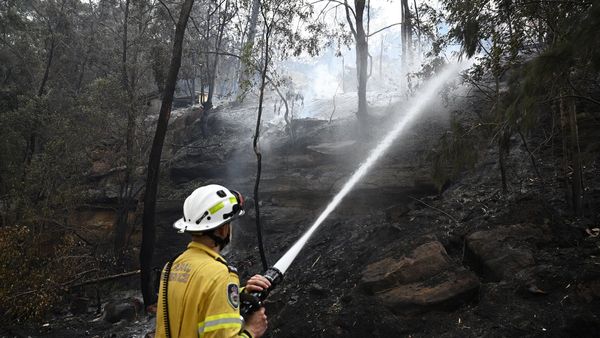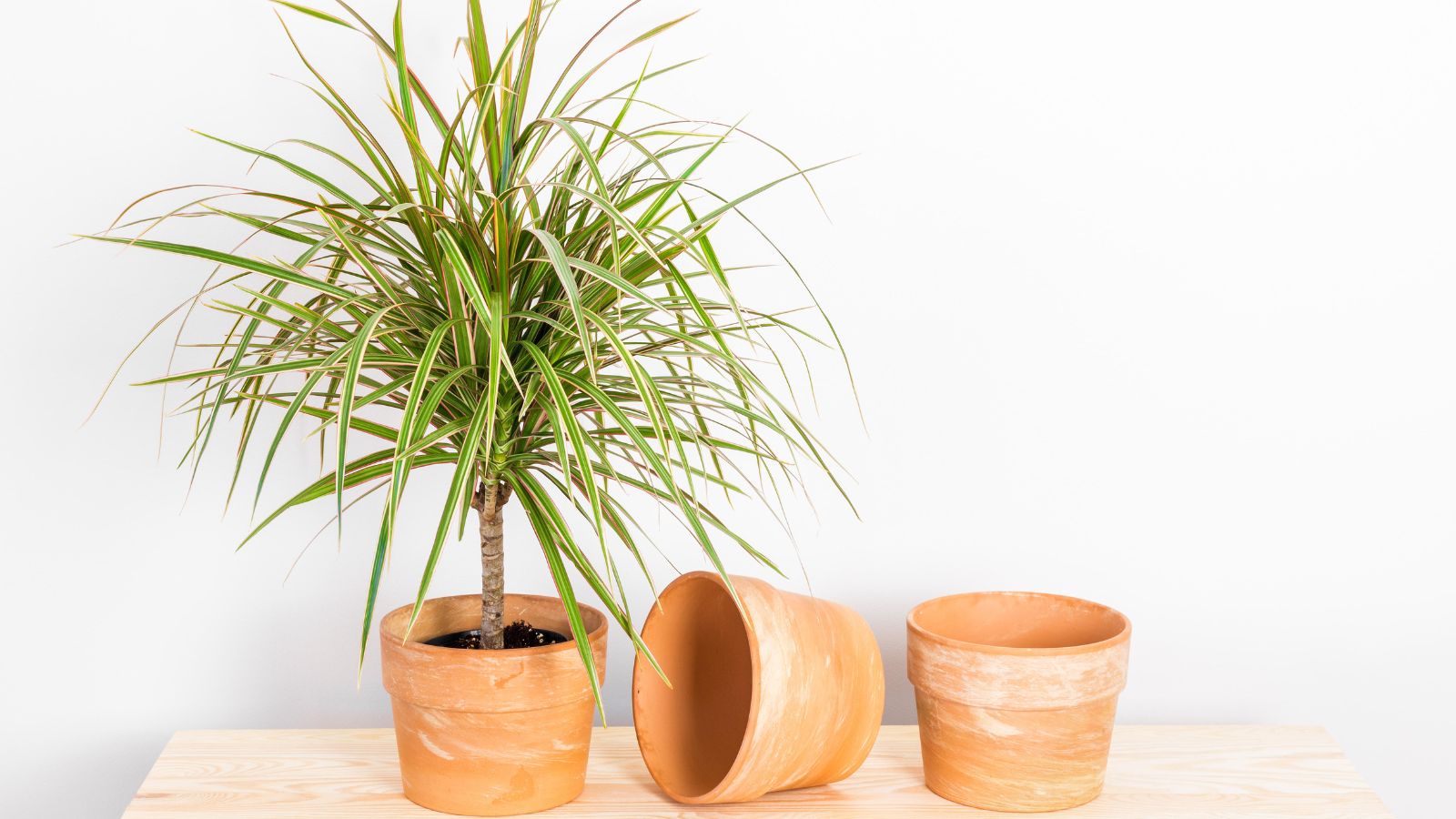
A drooping dragon tree (Dracaena marginata) is your plant's way of saying, something's not right. While this hardy plant can tolerate a bit of neglect, a drooping tree is a sign that it’s experiencing stress and needs attention.
Despite their reputation as low-maintenance plants, dragon trees still require the right conditions to thrive. Proper care for a dragon tree plant involves more than just the occasional watering; they need adequate light, the right soil and pot, and a stable environment to stay healthy.
Drooping, whether due to a watering imbalance, inadequate light, pests, or other environmental factors, needs addressing soon as you notice it. We spoke to experts who talked us through the common reasons a dragon tree will droop, along with practical steps you can take to restore your plant's health and ensure it stands tall once again.
1. Over or underwatering
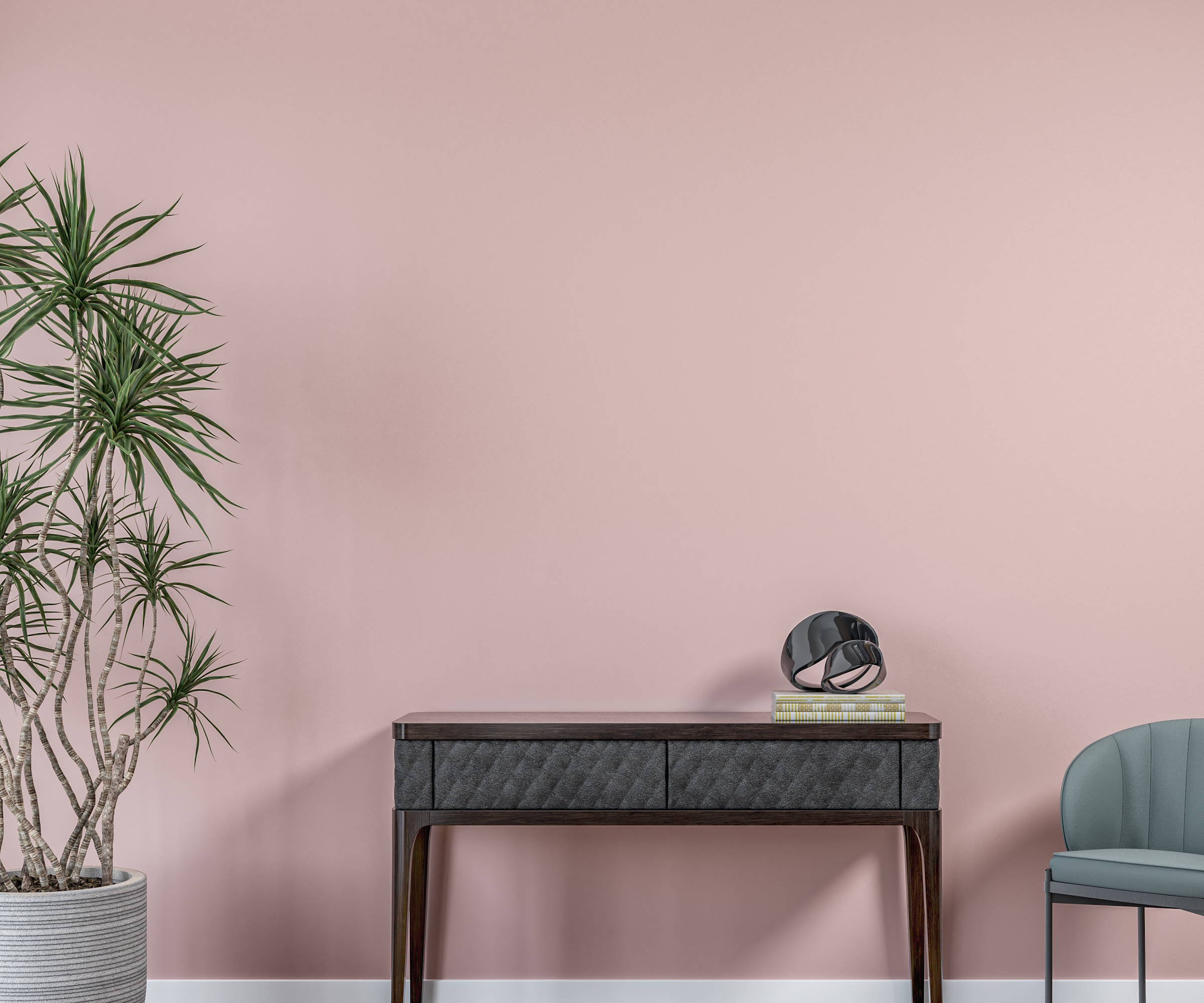
'Dragon trees are very sensitive to their watering conditions. So, if the plant is drooping, this could be an effect of inconsistency in watering – either overwatering or underwatering – which stresses the plant and causes its leaves to droop,' explains Mathew Wilson, horticulturist and CEO of Handy Gardeners. 'Achieving the right balance is key to keeping your dragon tree healthy and thriving.'
Being drought-tolerant by nature, dragon trees are particularly vulnerable to overwatering. 'Overwatering dragon trees can lead to soggy soil, which will cause the leaves to droop and the plant to struggle,' warns Tammy Sons, horticulturist and CEO of TN Nurseries. 'Ideally, you want the top inch of the soil to feel dry before watering again.'
Excess moisture can result in root rot, which damages the plant’s root structure, leading to drooping. If you suspect root rot, inspect the roots for signs of damage, such as browning or decay. Trim off the affected roots with sterilized pruning shears, such as these Fiskars Bypass shears from Amazon.
Additionally, if the container doesn't provide adequate drainage, excess water can build up, causing the roots to become waterlogged, leading to drooping. To prevent this, ensure this indoor tree is housed in a pot with proper drainage. Opt for a container made of porous, absorbent materials like terracotta or unglazed ceramic (such as this Shimla ceramic pot planter from Wayfair), which allows for airflow, or choose one with drainage holes and a saucer. Porous pots naturally wick away excess moisture, while those with drainage holes collect excess water in the saucer, which should then be emptied to keep the roots healthy and dry.
Arborist, Scott Seargeant adds, 'Place some pea gravel or small decorative rocks on the plant saucer to separate the drain water from the container. This will keep the soil from drawing water back into the container. It will also keep salts from wicking back into the soil container. The high salt content can cause wilting and marginal leaf tip burn.'
Conversely, if the soil feels bone dry and the leaves appear wilted, you might be underwatering the plant. Dragon trees can tolerate some dryness, but they're not cacti, so they still require consistent moisture to thrive. To prevent underwatering your dragon tree, water it deeply until water drains from the bottom of the pot, ensuring that the root system is fully hydrated.
This Kamer ceramic pot planter with drainage and a saucer from Wayfair is perfect for maintaining proper moisture levels, preventing both root rot and dehydration.
2. Exposure to too much or too little sunlight
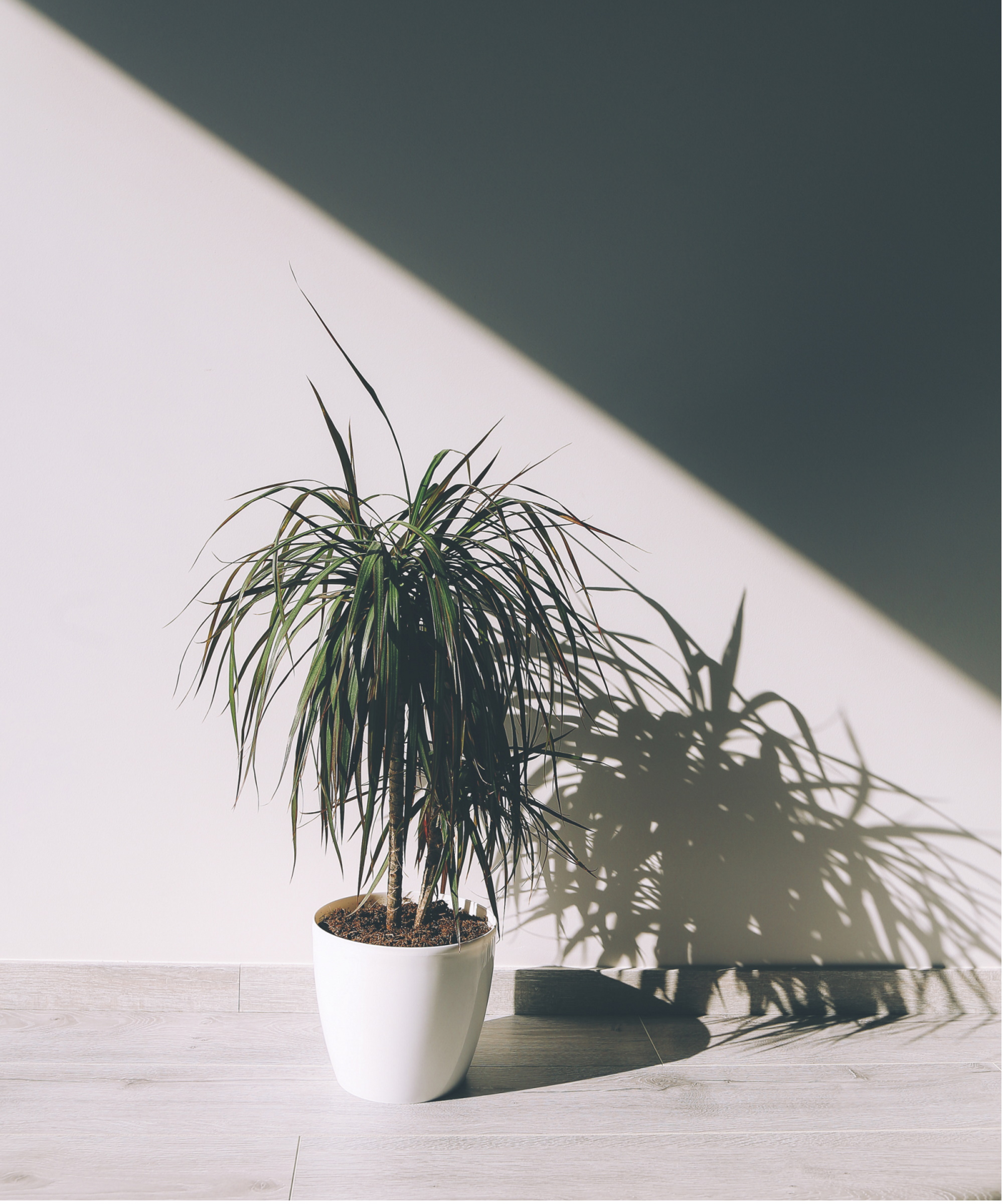
'Like many plants, dragon trees grow best in strong sunlight. Their leaves will be thicker and more upright,' explains Tammy Sons. 'If, however, they are placed in an area without a lot of natural light, the plant will adapt, growing thinner, softer, arching leaves.'
This will make the plant appear droopy, as insufficient light can weaken the plant, causing it to lose its upright vigor.
However, balance is key again, since at the other end of the light spectrum, too much direct sunlight can scorch the leaves, causing stress that may result in drooping.
Dragon trees thrive in bright, indirect light, making filtered sunlight ideal. If your plant is in a dark corner or exposed to direct sun, relocate it to a better spot. Place it near an east- or west-facing window where it will receive indirect sunlight, or use a light-filtering screen, available at Amazon, or curtains, like this light-filtering curtain from Target, to soften strong rays.
3. Fluctuations in temperature and humidity
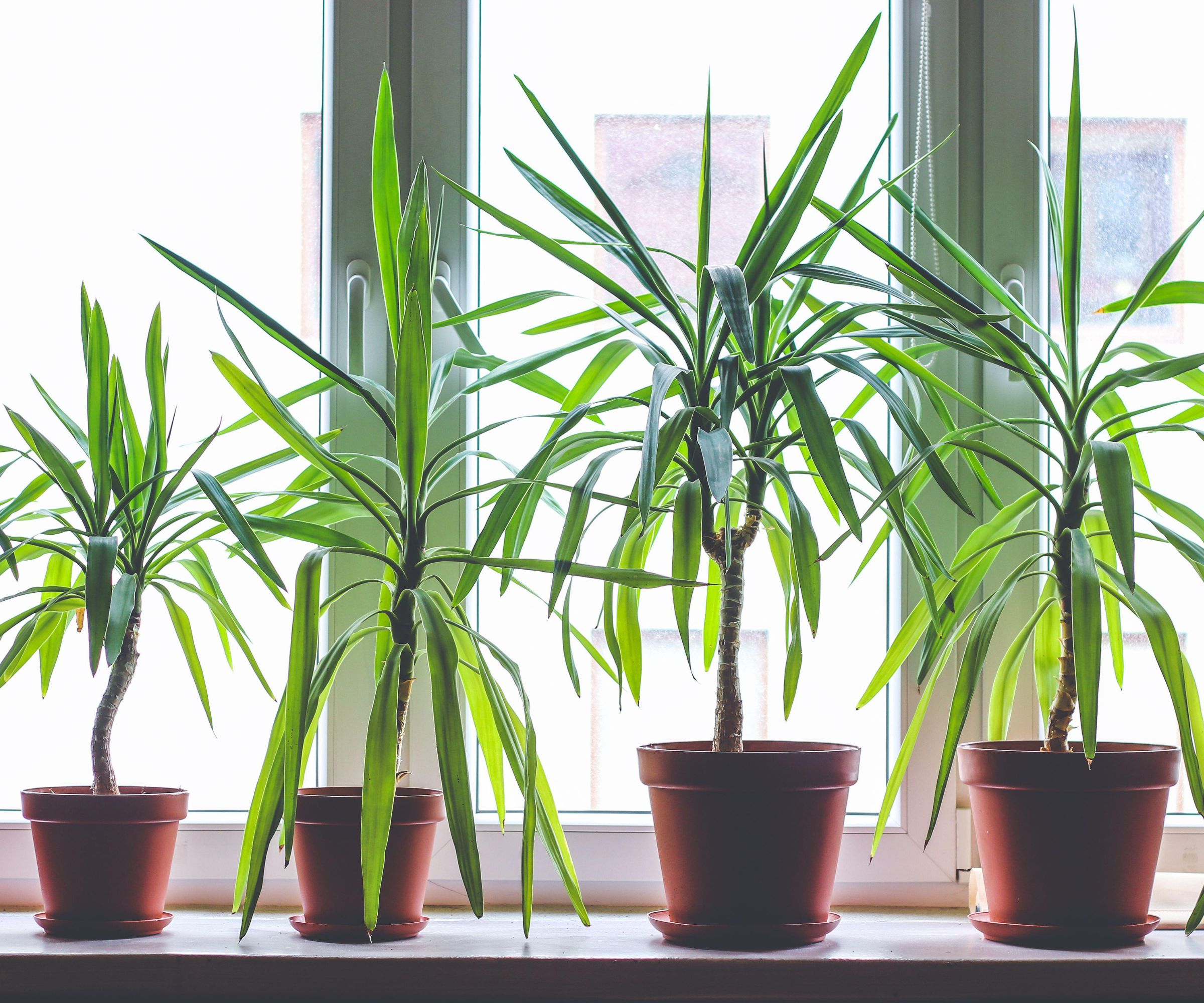
'Swings in temperature and humidity can also be a major factor in why your dragon tree is drooping,' explains plant expert Matthew Wilson. Dragon trees prefer stable, moderate conditions and are not fans of extreme temperature fluctuations or drafts. Cold air from windows or the dry heat from nearby heaters can stress the plant, causing its leaves to droop and the overall health to decline.
'Dragon trees thrive in a temperature range of 65–75°F,' explains Tammy Sons. If the temperature regularly fluctuates outside of this range, this is likely to result in drooping or leaf damage.
And while dragon trees are relatively tolerant to varying humidity, they do prefer moderate moisture levels of around 40-60%.
If the air in your home is very dry, especially during winter, you should increase humidity for indoor plants by occasionally misting the leaves or using a humidifier to create a more humid micro-climate around the plant. This Dreo 6-liter humidifier is Amazon's top choice and can be controlled remotely via phone, Google Home, or Alexa to create a more favorable environment for the plant.
4. The wrong container size
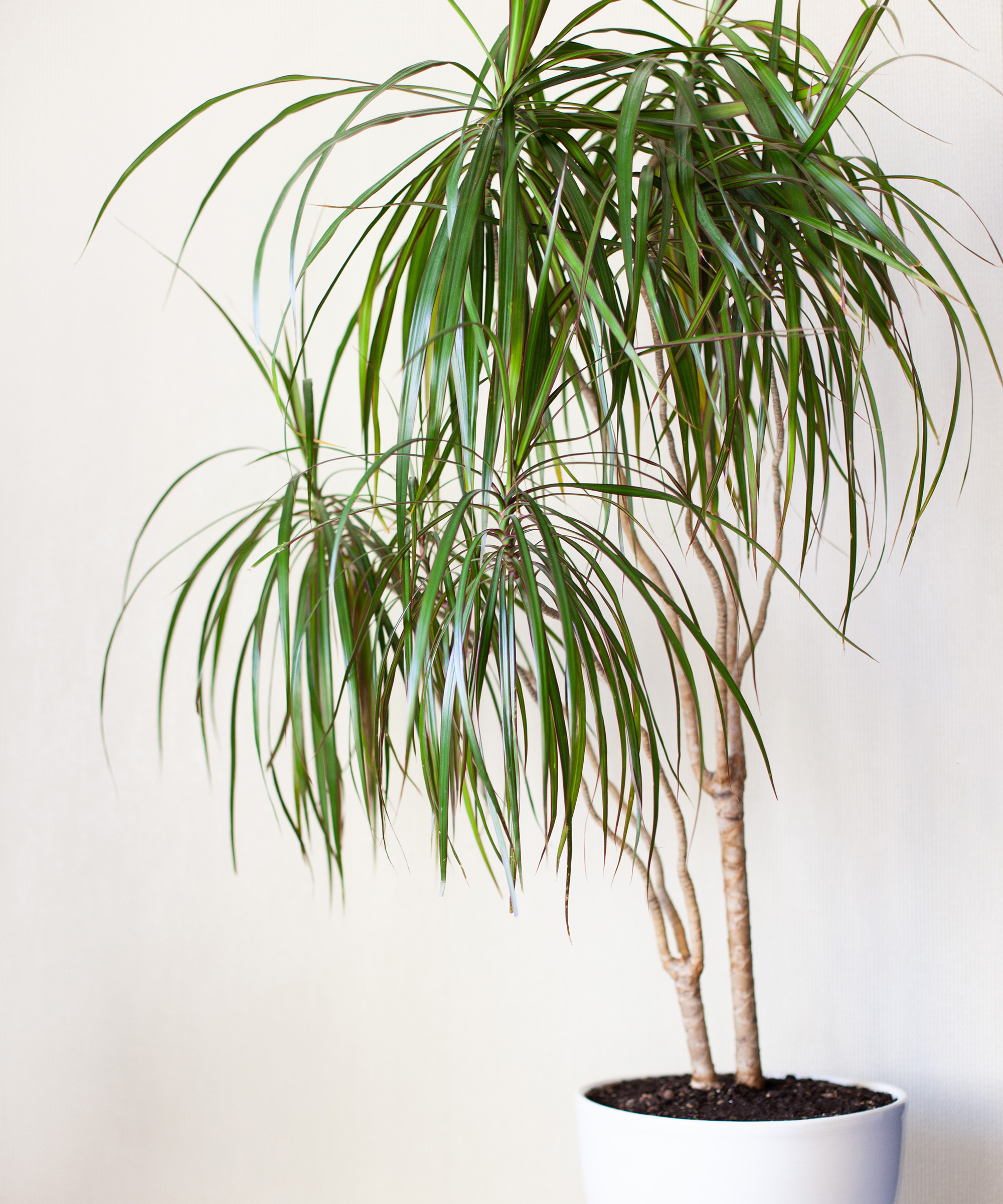
'Having either a pot that’s too small or too big negatively influences the health of the roots, leading to drooping,' warns Matthew Wilson.
'When the pot is too large, the excess space can cause the soil to retain too much moisture, leading to waterlogging and root rot, which weakens the plant and results in wilting or dropping leaves. On the other hand, a pot that’s too small restricts the growth of the roots, limiting their access to nutrients and water, which can also cause the plant to become stressed, leading to drooping leaves.'
It's important to choose a pot that provides sufficient room for the roots to grow, while still allowing for proper drainage. Ideally, the pot should be just slightly larger than the root ball – about one to two inches wider in diameter – offering space for growth but not so much that excess moisture becomes an issue.
Make sure to repot your dragon tree every couple of years to give its roots ample space to grow.
5. Poor soil quality
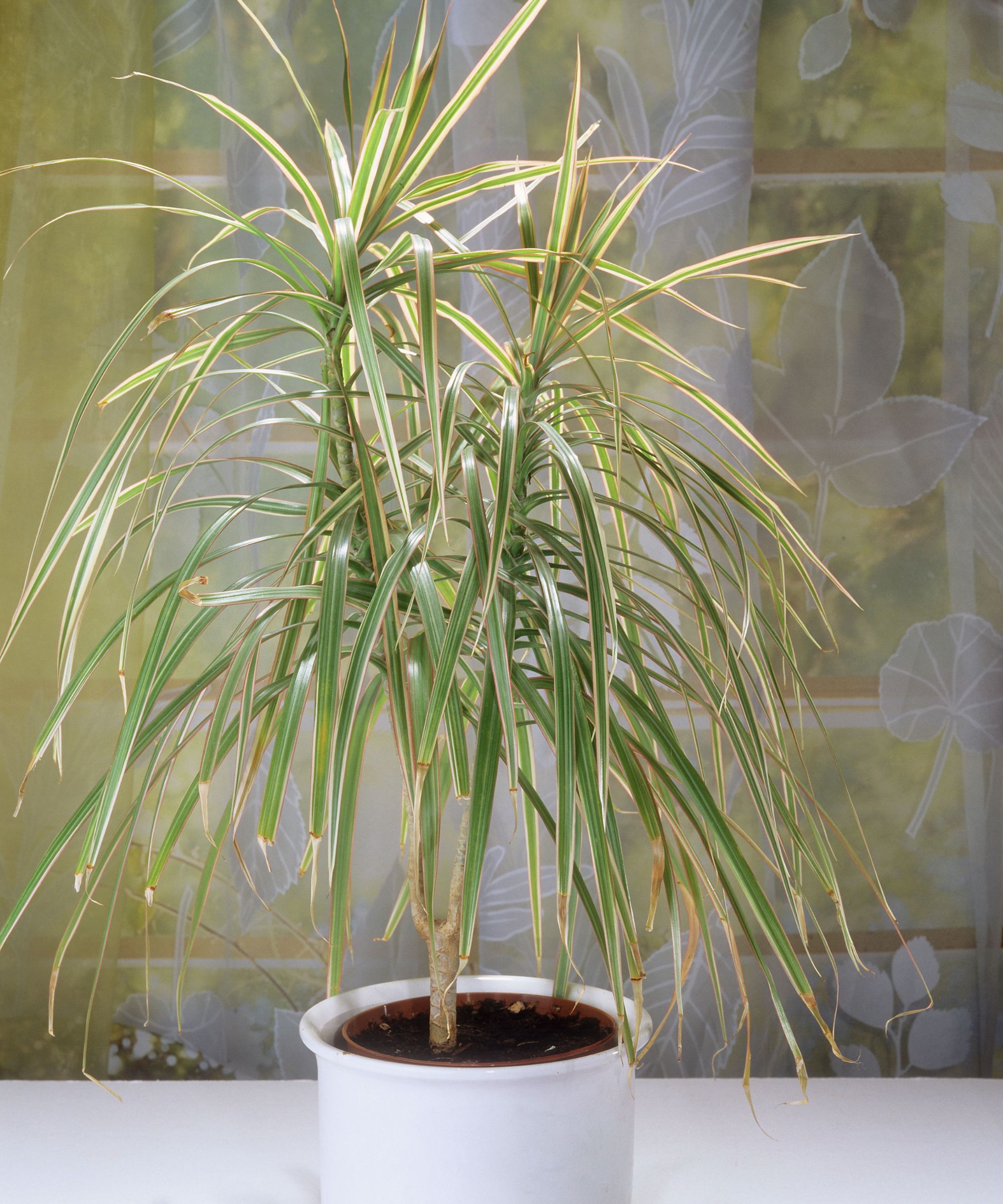
'Dropping leaves can be a sign of poor quality soil,' explains Tammy Sons. This is because poor soil quality, or just the wrong type of soil for this particular plant, can limit proper drainage and nutrient absorption, stressing the plant and ultimately causing its leaves to droop and then drop.
Tammy advises: 'Be sure to provide a well-draining, slightly acidic, nutrient-rich mix that will keep your plant standing tall.’ We recommend this Premium Dracaena potting soil mix from Walmart.
6. Relocation stress
If you've recently relocated your dragon tree, this could be a cause of its drooping. Matthew Wilson explains: 'Transplanting dragon trees is tricky because they are not very quick to adjust to their surroundings. Hence, they may droop a little while trying to settle in.'
If this is the case, give your tree some time to acclimate to its new location. In a few weeks, the tree should begin to perk up once it has settled into its new environment.
However, be careful to avoid overwatering the plant during this period, as stressed plants are more susceptible to root rot.
7. Pest infestations
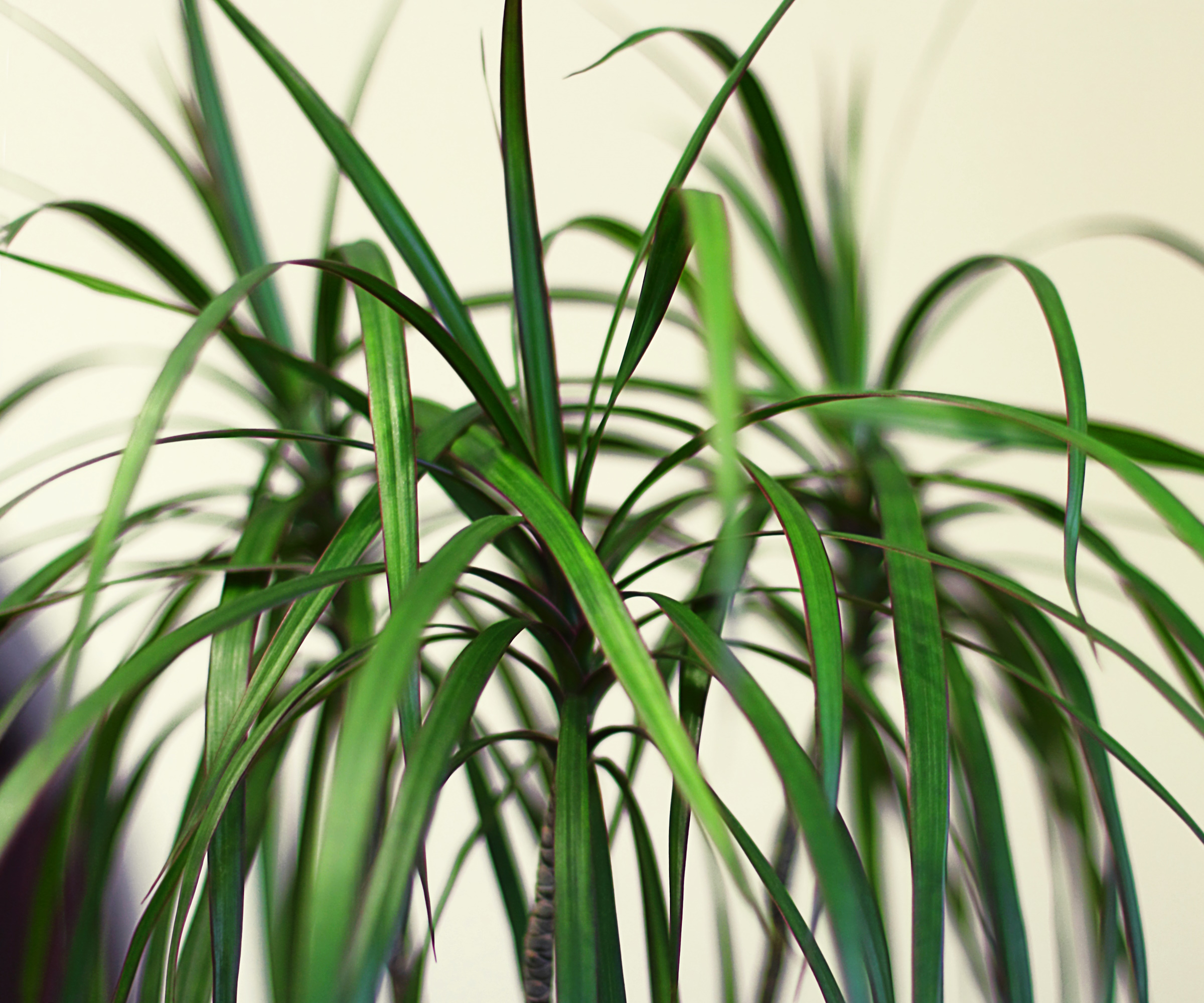
Unsurprisingly, the presence of pests on your dragon tree can stress the plant and cause it to droop.
'Dragon trees are susceptible to insects including scale bugs, mealybugs, spider mites, and others,' says Scott Seargent. 'These types of insects can weaken the plant by feeding on its sap and damaging the leaves, causing dragon trees to lose vigor and have symptoms of yellowing, dead, or drooping leaves.'
Regularly inspect your dragon tree for pests, especially under the leaves and along the stems, where they often hide. Look for small webbing (in the case of spider mites) or tiny, raised bumps (for scale insects).
If you spot any unwelcome visitors, treat them with insecticidal soap, available at Amazon. This should eliminate the pests, allowing your plant to recover.
In order to prevent asymmetrical growth and drooping, remember to turn your dragon tree regularly, too. This will ensure that all sides of this low maintenance houseplant receive equal exposure to light, promoting balanced growth, and reducing the risk of one side becoming too weak or stressed from lack of light, helping the leaves stay firm and upright.




